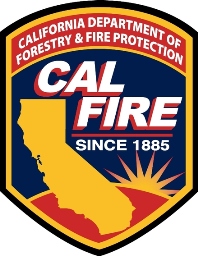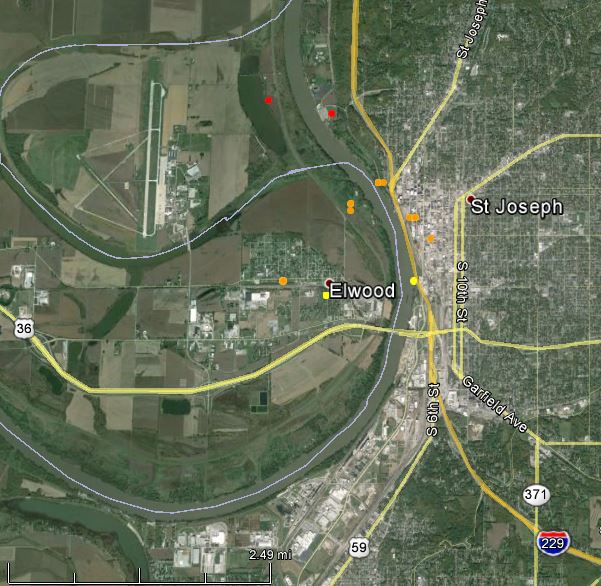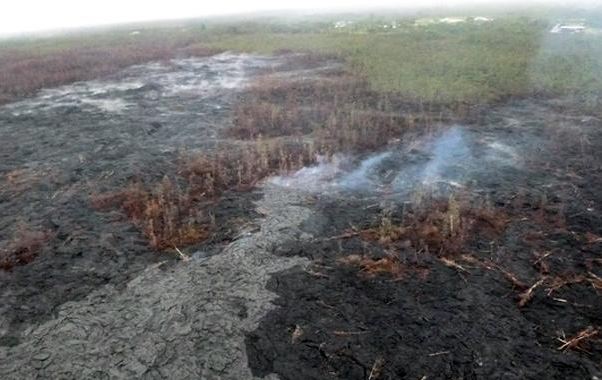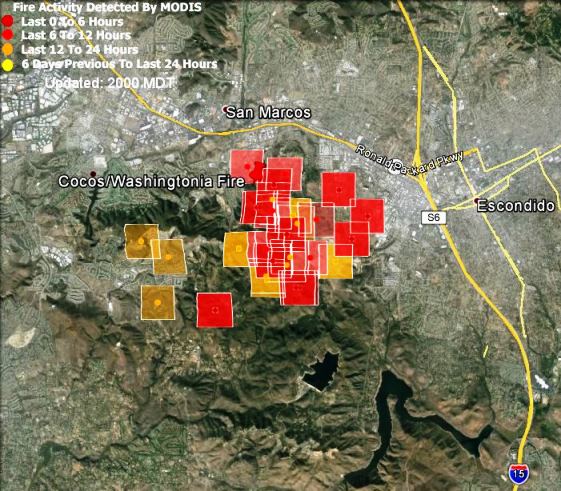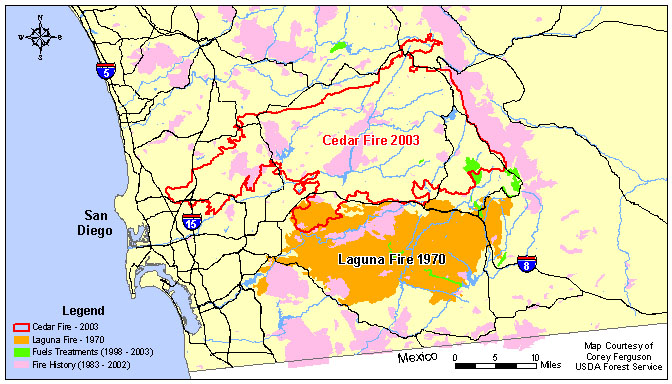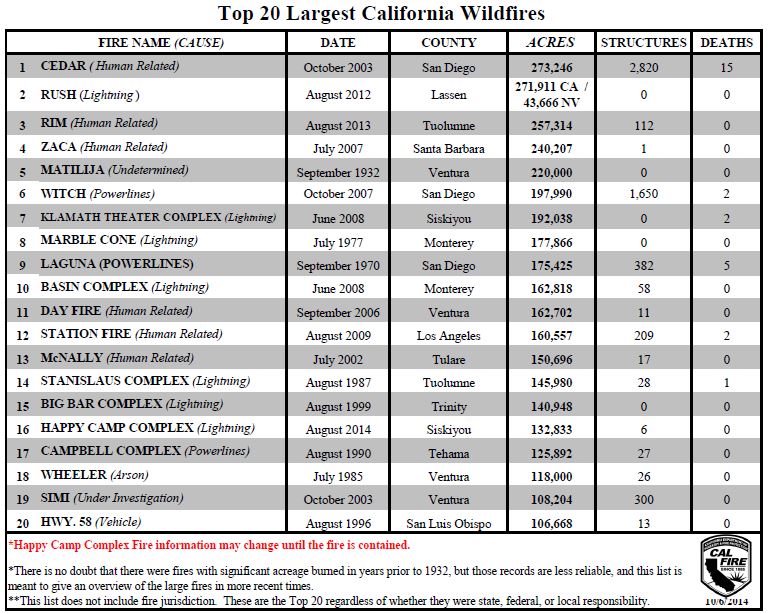CBS News 8 – San Diego, CA News Station – KFMB Channel 8
During the trial in which a 14 year old girl is accused of starting the Cocos Fire, wildland fire investigators gave conflicting opinions on how the fire started. The prosecution contends that when the girl, 13 at the time, started a fire near her back yard, a burning ember traveled 0.44 miles and ignited the fire that burned 1,995 acres and destroyed 36 homes in San Marcos, California, north of San Diego.
In testimony on Tuesday CAL FIRE Capt. David LaClair said he and another investigator determined that an ember from the girl’s backyard started the fire 0.44 miles away. She admitted to starting two fires that day. One was small and was extinguished.
Below is an excerpt from an article at utsandiego:
…The second backyard fire grew to 111 feet by 42 feet, according to LaClair. He said that embers from that blaze — fueled by hot and windy Santa Ana conditions — caused three spot fires. One was 14 feet to the west of the backyard fire, and it grew to 6 feet by 27 feet. Another was 245 feet west of the backyard fire, and it grew to 6 feet by 15 feet. The third became the Cocos blaze. LaClair said all three spot fires were to the west of and in line with the backyard fire.
Two other investigators testified on Friday. Below are excerpts from an article at nbcsandiego:
The defense’s wildfire expert, Douglas Allen, testified Friday the Washingtonia Fire did not have enough loft to launch embers more than 200 feet, let along 11 times that distance. He said strong winds like the Santa Anas blowing that day — May 13, 2014 – often bring embers to the ground.
“They have a much better chance of being lofted with less wind affecting the convection column,” said Allen, referring to the rising column of smoke and ashes created by a fire.
Upon cross-examination, Allen admitted he has written that Santa Ana winds could spread embers more than a mile away. However, he maintained that while that statement is in general true, he does not believe that happened in this case.
Deputy District Attorney Shawnalyse Ochoa then tried to put the retired fire investigator’s recent training into question. Asked when was the last time he took a wildland fire class, he said “I couldn’t remember.”
“What decade was that?” Ochoa asked.
“Was that a joke?” Allen replied laughing.
“No, sir,” the prosecutor said.
“In the last decade,” Allen testified.
Ochoa asked if he was familiar computer programs like Behave Plus or Wind Ninja – computer programs that help wildfire experts in their investigation. Allen said while familiar with them, he has not used them.
Earlier in the day, Cal Fire Behavior Analyst Tim Chavez took the stand, directly contradicting Allen. He said he has high confidence an ember from the Washintonia Fire started the Cocos blaze — what the prosecution has been arguing.
Chavez told the court a computer system estimated the wind speeds that day were around 24 miles per hour. However, he said when you stand where the Cocos Fire started, there is a narrow gap in the topography that could have pushed the winds stronger that day, sending an ember from the Washingtonia Fire to the start of the Cocos Fire.
The defense said the report on the Cocos Fire is based on a theory that doesn’t match the same conditions of the Washingtonia Fire and that theory hasn’t been proven.
The images below are screen shots from the video above, showing parts of testimony from Friday. The two people are described as investigators, but are not named. It is probable they are the two investigators named in the article, with the first being CAL FIRE Fire Behavior Analyst Tim Chavez, and the second, retired CAL FIRE investigator Doug Allen. (UPDATE at 8:10 p.m. MDT, March 22, 2015: someone who knows him confirmed that the person in the first photo is Mr. Chavez — the gentleman with the CAL FIRE shoulder patch.)
 Thanks and a tip of the hat go out to Ken.
Thanks and a tip of the hat go out to Ken.



